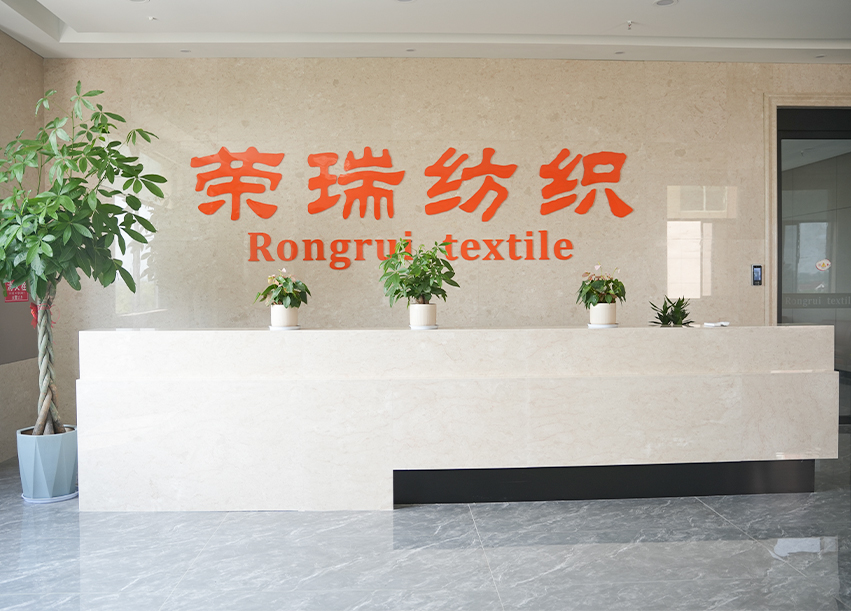What are the various printing techniques and technologies used to create the designs on these comforter sets?
Printed comforter sets feature a wide range of designs and patterns, and various printing techniques and technologies are used to create these decorative elements. Here are some common printing methods used in the production of printed comforter sets:
Digital Printing: Digital printing is a modern and versatile technique that involves using digital files to print designs directly onto the fabric. It allows for intricate and high-resolution patterns and a wide range of colors. Digital printing is often used for creating detailed and realistic images on comforter sets.
Screen Printing: Screen printing is a traditional method that involves using a mesh screen to transfer ink onto the fabric. It is especially useful for creating bold and vibrant patterns with distinct colors and shapes. Screen printing is often used for large, repetitive designs.
Rotary Printing: Rotary printing is a high-speed, industrial method in which a cylindrical roller with engraved patterns is used to apply ink to the fabric. This technique is efficient for producing large quantities of comforter sets with consistent designs.
Heat Transfer Printing: Heat transfer printing involves printing designs onto a transfer paper and then using heat and pressure to transfer the ink onto the fabric. It's commonly used for intricate, full-color designs and can produce sharp, detailed images.
Sublimation Printing: Sublimation printing involves using heat to transfer dye onto the fabric, allowing the ink to become part of the fabric's fibers. This method is known for its durability and the ability to create intricate, permanent, and fade-resistant designs.
Block Printing: Block printing is a handcrafted technique where wooden or metal blocks with carved designs are dipped in ink and stamped onto the fabric. It results in unique and artisanal patterns, often with imperfections that add to the charm of the design.
Reactive Printing: Reactive printing is a process that involves using reactive dyes that form a permanent bond with the fabric. This method is known for producing vivid and colorfast designs, making it suitable for comforter sets with a wide range of colors.
Pigment Printing: Pigment printing uses water-based inks that sit on the surface of the fabric. It is often used for pastel or lighter-colored designs and can create a soft and breathable finish on the fabric.
Hand-Painted Designs: Some printed comforter sets feature hand-painted or hand-dyed designs. Artisans create these designs using brushes, stencils, or other manual techniques. Hand-painted designs can result in unique and artistic patterns.
Block Screen Printing: This combines elements of both screen printing and block printing. A block screen is used to apply ink, allowing for precision and bold patterns.
Digital Sublimation: In this process, digital images are transferred to a special sublimation paper, and then heat is used to transfer the design onto the fabric. It's known for its ability to reproduce high-quality and full-color images.
How are the visual appeal and color fastness of a Printed comforter set affected?
The visual appeal and color fastness of a
printed comforter set can be affected by various factors, including the choice of printing method, fabric quality, and how the set is cared for. Here's how these factors influence the appearance and color retention of printed comforter sets:
Choice of Printing Method:
Different printing methods offer varying levels of detail and color vibrancy. For example, digital printing and sublimation printing are known for their ability to produce intricate and high-resolution designs with vibrant colors, which can enhance visual appeal.
Fabric Quality:
The quality of the fabric used for the comforter set plays a significant role in color fastness and overall appearance. High-quality fabrics are less likely to fade or show signs of wear. Cotton and high-thread-count fabrics often provide better color retention.
Ink Quality:
The type of ink used in the printing process can affect color fastness. High-quality, fade-resistant inks are essential for long-lasting designs. Reactive dyes, for example, form a permanent bond with the fabric and are known for their colorfastness.
Fabric Pre-Treatment:
Some fabrics undergo pre-treatment processes to enhance color fastness. Pre-treatments can include using color-fixing chemicals or coatings that help the ink adhere more securely to the fabric.
Washing and Care Instructions:
Following the manufacturer's recommended care instructions is crucial for maintaining the color fastness of a printed comforter set. Washing the set according to the guidelines, using mild detergents, and avoiding harsh chemicals can help preserve the designs.
Water Temperature:
Using cold or lukewarm water when washing the comforter set can help prevent colors from fading. Hot water can cause dyes to bleed and result in color loss.
Avoiding Bleach and Harsh Chemicals:
Bleach and strong chemical cleaners can significantly impact color fastness. It's best to avoid them when caring for your printed comforter set.
Drying Method:
Line drying or using a low-heat setting in a dryer can help maintain color vibrancy. Overexposure to high heat can cause colors to fade.
UV Exposure:
Prolonged exposure to direct sunlight can cause colors to fade over time. It's advisable to keep your comforter set out of direct sunlight when not in use.
Wear and Friction:
Excessive friction and abrasion can lead to the gradual fading of colors. Be mindful of the placement of the comforter set and the frequency of use.
The visual appeal and color fastness of a printed comforter set are influenced by the printing method, fabric quality, ink quality, pre-treatment processes, care instructions, and the avoidance of harsh chemicals and UV exposure.

